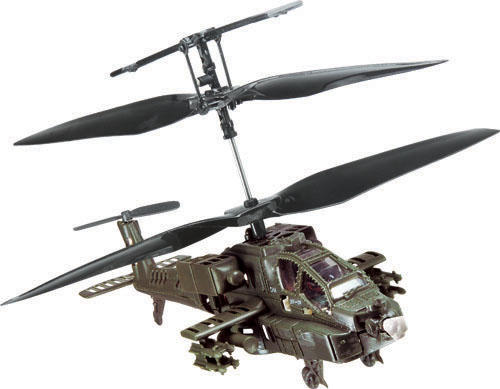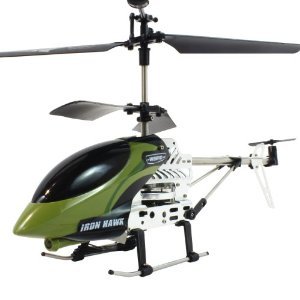A Hobby for the Patient and the Skilful
Flying model planes is a hobby that many of us enjoy, every step of it: patiently making those balsa wood and tissue creations, lovingly painting them and, finally, trying out our piloting skills.
But there is one aspect of this activity that has grown in recent times and that is the challenge of building and flying your own radio controlled helicopter. Unlike conventional model planes, helicopters are much more demanding, but satisfying, to learn to fly.
So what are the challenges involved?
A helicopter by nature is an inherently unstable construction. It is more complicated to construct than a model plane and it requires a great degree of coordination to master the controls. |  |


| Building and flying a radio controlled helicopter involves patience, some degree of technical skill and a desire to learn. A good radio controlled helicopter should have at least four or, even better, six radio channels for the controls. In a fixed pitch model, the four channels will control the throttle, rudder, elevator and aileron. A collective pitch model, which has the ability to vary the angle of the main rotor blades, will have controls for the throttle, rudder, elevator, aileron, collective pitch and possibly a gyroscopic control.
Early radio controlled helicopters were powered by small glow plug engines similar to those used in model planes, but recently more enthusiasts are turning to electric power as small motor and battery technology have improved.
As with model planes, lightness is a key aspect of a radio controlled helicopter construction, so many models use plastic, carbon fibre, fibre-glass or aluminium components to reduce weight. Because helicopter design is more complicated than that of a model plane and because a helicopter is more susceptible to vibrations, great care must be taken in their construction. A typical radio controlled helicopter kit can take anywhere between five and twenty hours to construct.
Many experienced radio controlled helicopter pilots recommend that before you take your carefully constructed helicopter out for your first flight, it is well worth the effort and expense to try helicopter flying on a simulator running on your PC. The expense of purchasing such a flight simulator is more than offset by the savings you will make from reducing the expenses involved in crashing your helicopter as you learn to fly.
Although the majority of radio controlled helicopters are used by flying and model making enthusiasts, they can also be used for commercial applications, such as aerial photography, police work or inspections of inaccessible or restricted areas. They can also be used in movie making. Whatever your intentions, building and flying your own radio controlled helicopter is an instructive and rewarding experience. Enjoy! |


